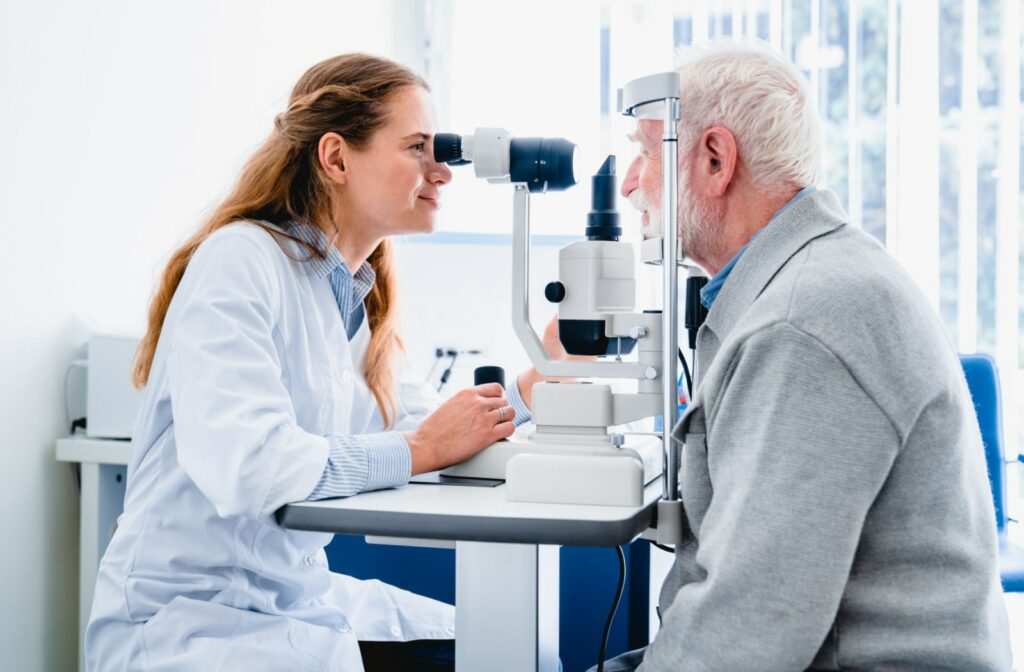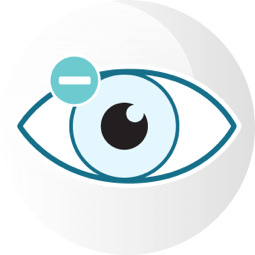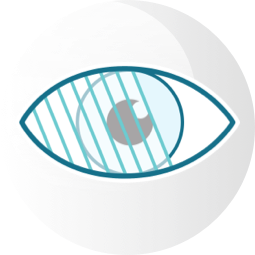Our vision is amazing, but often taken for granted. Our eyes are the cornerstone of how we comprehend and experience life. Yet, many people put off visiting their optometrist until they notice a change in their vision or eyes. This habit can lead to further problems down the road, like worsening vision or the development of a serious eye condition. But why are annual eye exams so important?
Eye exams are about more than just updating a prescription; it’s a chance for your optometrist to thoroughly examine your eyes and look for several different eye conditions. They can determine the health of your tear film, your retina, and all the inner mechanisms of your eye. This way, they can gain a proper understanding of your eye health, and address any potential problems early on.
What Diseases Can Be Detected During an Eye Exam?
Many believe that the primary goal of an eye exam is to gain an updated prescription to determine how much their vision has changed since their last exam. However, this is only a small part of it. Eye exams are not just about your vision; they are about your overall eye health in general.
During an eye exam, your optometrist is going to be performing several different tests. They can thoroughly check many different parts of the eye to determine whether or not your eye is healthy and can catch signs and symptoms of several different eye conditions, including:
Glaucoma
Glaucoma is a group of eye conditions characterized by a buildup of intraocular pressure, which can begin to damage the optic nerve. Glaucoma often doesn’t show symptoms at first, making it essential to receive an early diagnosis to begin treatment sooner rather than later.
Age-Related Macular Degeneration
Age-related macular degeneration (AMD) is a condition that primarily affects the macula, a part of the retina responsible for clear and sharp central vision. This condition leads to blurry vision and blindness in your central vision if left untreated. There are two types of AMD:
- Dry AMD which is less severe. Symptoms often progress slowly, and while there is no cure, this condition can be effectively managed to an extent with certain lifestyle changes.
- Wet AMD which is rarer but more severe. Symptoms appear and worsen quickly, often causing abnormal blood vessels to grow in the back of the eye and damage the retina.
Cataracts
Cataracts develop due to the clouding of the eye’s natural clear lens. This is caused by proteins clumping together, which can lead to changes in vision. Cataracts are generally treatable with surgery and often occur during the aging process.
Diabetic Retinopathy
Diabetes affects blood vessels throughout your body, and the eyes are no exception. When it begins to affect the blood vessels in the retina, it’s called “diabetic retinopathy.” This can lead to vision loss and even blindness if left untreated. That’s why it’s essential to catch diabetic retinopathy early on.
People living with diabetes should schedule diabetic eye exams at least once a year to regularly check for diabetic retinopathy. If you have been diagnosed with this condition, speak with your optometrist; they may recommend more regular visits so they can closely monitor your eye health.
Are There Different Types of Eye Exams?
When it comes to eye exams, there is an important factor to consider: what type of eye exam you need. There are four key types of eye exams:
- Children’s eye exams are designed to monitor how a child’s vision is growing to help encourage healthy eye growth. A child should have their first eye exam around the age of 6 months old, then a second exam before they enter school. Annual eye exams are recommended until the age of 19.
- Adult comprehensive eye exams are standard checkups for adults, where the optometrist can measure visual sharpness, eye muscle coordination, and the internal and external structures of the eye. Adults between the ages of 20 and 64 should visit their optometrist at least once a year.
- Diabetic eye exams focus on detecting diabetes-related conditions like diabetic retinopathy to monitor whether or not diabetes is causing damage to the eye. Adults living with diabetes should see their optometrist at least once a year, or more often if recommended by an optometrist or medical professional.
- Contact lens fitting and exams provide a contact lens prescription and find you a safe and comfortable pair of contact lenses.
What to Expect During an Eye Exam
When you visit your optometrist for an eye exam, it will begin with a few questions. These will all likely relate to your family history, medical history, and whether or not you have experienced any noticeable changes to your vision.
This is done for a few reasons. If you have a family history of eye conditions or medical conditions known to affect the eye, you’re more likely to develop these conditions yourself. This lets an optometrist understand what possible conditions could be causing your vision concerns.
Once you enter the exam room, you will likely experience most, or all, of the following tests:
- Visual acuity testing: This is the familiar chart and lens check that determines the acuteness of your eyesight.
- Eye cover testing: This is usually reserved for children or those experiencing double vision, this will help in the diagnosis of issues with eye alignment.
- Eye motility testing: This aims to detect the need for further neurological exams based on eye movement capabilities.
- Autorefraction: This is a computer-based test that estimates your prescription for glasses or contact lenses.
- Slit-lamp examination: This involves a microscope and a bright light to examine the cornea, iris, and lens in detail.
- Retinal examination: After pupil dilation, the retina is checked for any sign of disease.
- Tonometry: This measures the pressure inside your eye, important in diagnosing glaucoma.
During the exam, feel free to ask your optometrist about any of the tests; they can take the opportunity to teach you what each test performs and how it relates to your eye health and visual clarity. Once the testing is complete, your optometrist will have a proper understanding of your eye and will be able to recommend treatment—or prevention—for any potential problems.
Eye Exams in Pittsburgh
If it’s time for your next eye examination, contact our team at McCauley Celin Eyecare Associates. We can perform your eye exam and give you an updated prescription or diagnosis for any potentially developing problems. Let us help take care of your eyes! Book an appointment with our team today.













